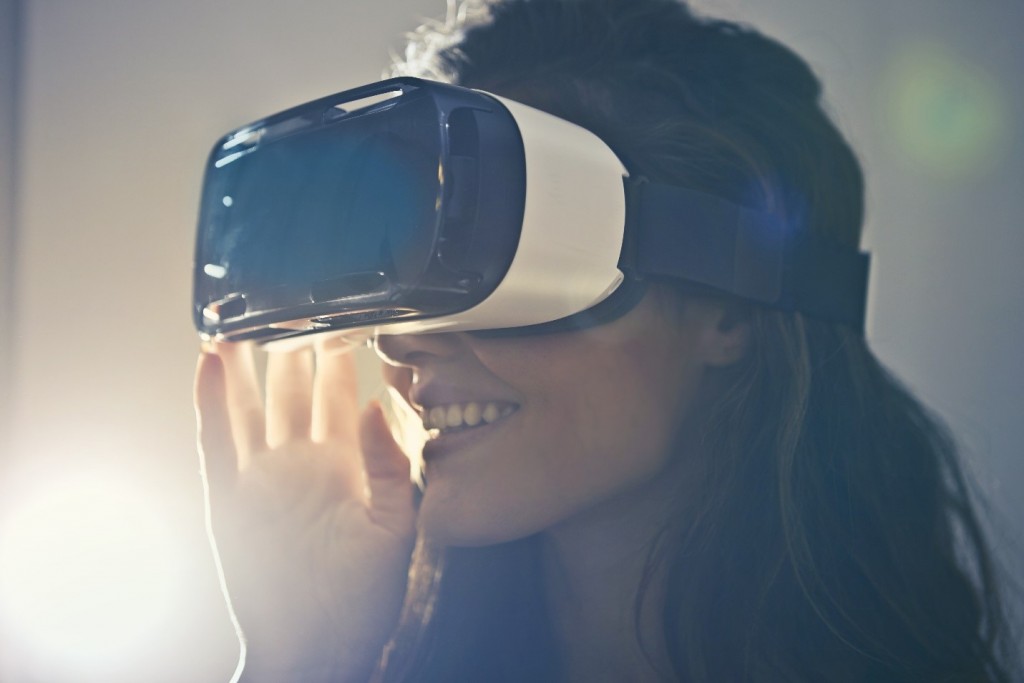The key drivers of AR/VR adoption in India
You’re sitting on your sofa. You want to play a race game. You issue a command to the glasses you are wearing and a virtual road appears in front of your eyes. Welcome to the world of Augmented Reality (AR) where the virtual world meets the real world.

Arguments reality and Virtual reality is trending in India and it has impacted various industries in the country, such as consumer goods, retail, real estate, and automotive. The advent of 4G technology and high-speed communication combined with the increasing number of smartphone users has led to this revolution.
The availability of entry-level VR headsets in the market, a push from the mobile device companies have become instrumental in developing interest for VR gear among mobile users.
Here are few use-cases of digital reality across various domains
Retail– Even when you’re armed with precise measurements, trying to imagine exactly how that stunning new sofa will look in your living room is not an easy task. In order to make the task easy for the consumer a big retail home furnishing company used arguments reality. Through the use of AR, smartphone users can scan the catalog and open additional information about the product. A virtual version of the new sofa, desk or bookcase with the room in the background is shown onscreen to give them a fair idea how the furniture is going to look in their home.
Government services– AR enabled interactive training makes it possible for agents to simulate scenarios where trainees can see and interact with virtual environments. VR and AR products and services is not just useful for entertainment sector but Government can make use of these for customs and border protection by making it easier to simulate scenarios for virtual training.
Education- AR/VR could witness high utilization in Edutech domain. It could be of immense help by employing virtual teaching, digital learning and development methods in schools and colleges.
Health– AR is one of the most promising digital technologies. It has the potential to change healthcare and medicine completely. In AR, users do not lose touch with reality and it puts information into eyesight as fast as possible. These distinctive features enable AR to become a driving force in the future of medicine.
Aerospace- Dangerous or difficult to replicate scenarios can be safely simulated with Augmented and Virtual Reality aerospace applications. This allows trainees to repeatedly practice crucial scenarios while preventing damage to equipment and avoiding bodily harm.
Overall, across domains, AR/VR is changing how products and services are developed and delivered, which is transforming into increased productivity and operational efficiencies. It has the potential to become the foundation of next-gen computing.



 Space Enquiries
Space Enquiries
